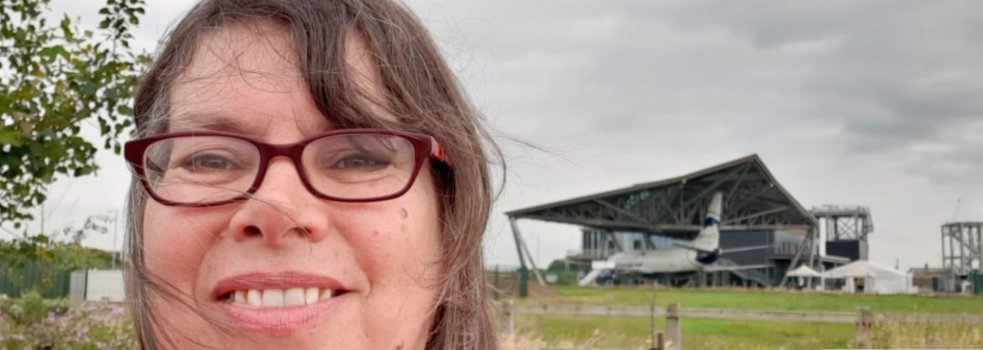Everyone agrees drone services will bring all sorts of benefits – from search and rescue to inspecting assets and infrastructure to delivering groceries. And there are plenty of small-scale use cases showing the practical benefits of drones. But what key challenges will we need to overcome to really reap the full benefits of large-scale drone operations – for business, for commerce, and for society?
Four key challenges
The way I see it, there are four key challenges facing the mass adoption of drones. The first is rooted in the technological concept itself. Namely, that’s it okay to have one or two unmanned aerial vehicles (UAVs) flying above our heads, but to have fleets of drones in our skies adds a whole other dimension of complexity. For example, how do you know where every single drone is from one moment to the next? How can you operate them efficiently and effectively? And, above all, how do you manage the airspace they move around in safely and securely?
The second challenge is one of regulation. Commercial drones are relatively new technology, but the regulations governing how airspace is managed are built on a philosophy that’s at least 40 years old. So the big question is, how do you bring the regulatory environment up to date with the enormous advances we’ve seen in digital transformation in the last five years? In other words, how do you digitize airspace? And lastly, on this point, how do you integrate drone traffic and manned air traffic safely and at scale?
Continue reading: https://www.linkedin.com/pulse/drone-adoption-journey-from-small-scale-large-part-1-julia-jiggins/?trk=articles_directory
Four key challenges
The way I see it, there are four key challenges facing the mass adoption of drones. The first is rooted in the technological concept itself. Namely, that’s it okay to have one or two unmanned aerial vehicles (UAVs) flying above our heads, but to have fleets of drones in our skies adds a whole other dimension of complexity. For example, how do you know where every single drone is from one moment to the next? How can you operate them efficiently and effectively? And, above all, how do you manage the airspace they move around in safely and securely?
The second challenge is one of regulation. Commercial drones are relatively new technology, but the regulations governing how airspace is managed are built on a philosophy that’s at least 40 years old. So the big question is, how do you bring the regulatory environment up to date with the enormous advances we’ve seen in digital transformation in the last five years? In other words, how do you digitize airspace? And lastly, on this point, how do you integrate drone traffic and manned air traffic safely and at scale?
Continue reading: https://www.linkedin.com/pulse/drone-adoption-journey-from-small-scale-large-part-1-julia-jiggins/?trk=articles_directory

